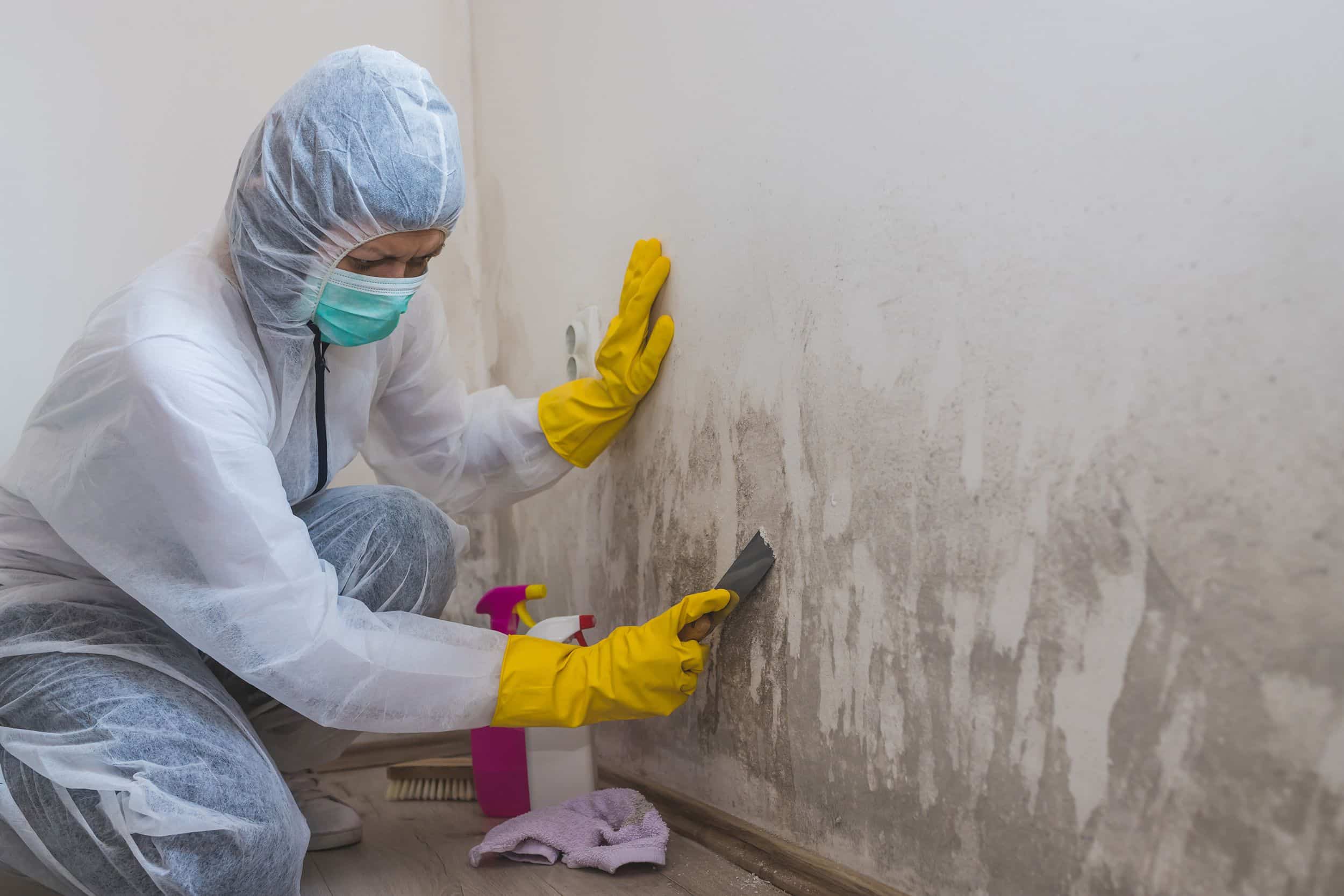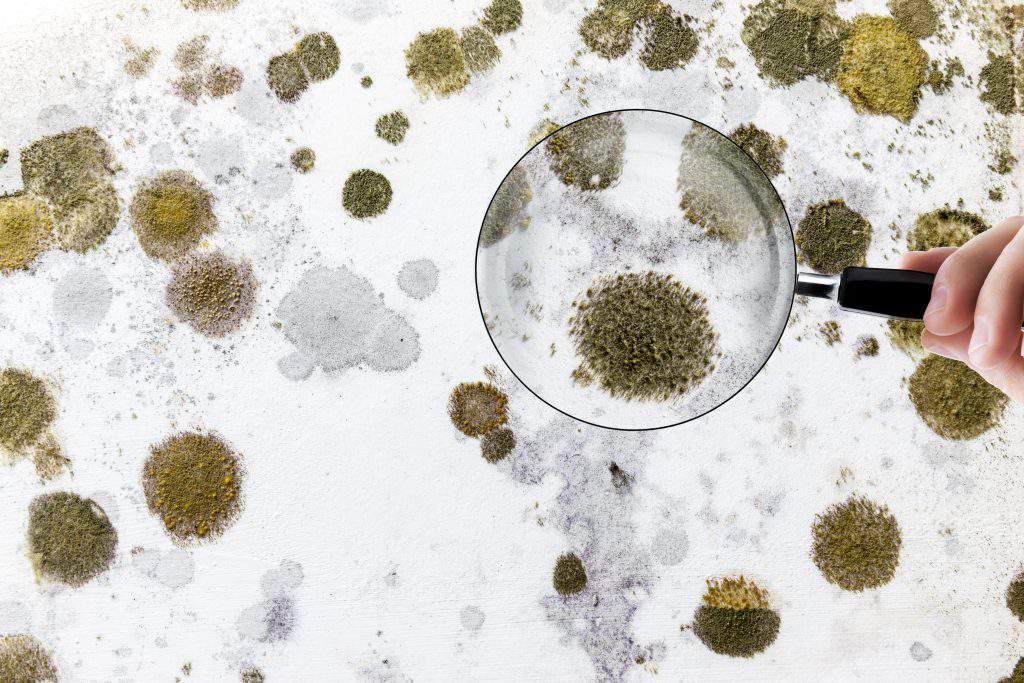Assistance on What to Do After Mold Remediation
Assistance on What to Do After Mold Remediation
Blog Article
Professional Tips for Article Mold Removal Success
In the world of mold and mildew remediation, successfully removing mold is just half the fight; truth obstacle hinges on stopping its reappearance. Post-remediation initiatives play a vital function in guaranteeing a mold-free setting in the long-term. By sticking to professional ideas and best methods, individuals can protect their rooms against mold renewal and preserve a healthy and balanced indoor setting. It is in this phase of the removal procedure that interest to information and positive measures really make a distinction.
Monitor Humidity Degrees Frequently
After finishing mold and mildew remediation procedures, keeping optimum humidity degrees is important to avoid mold re-growth and guarantee a healthy indoor environment. High moisture levels above 60% create a helpful setting for mold and mildew to prosper, making regular keeping an eye on a positive measure to protect against any type of future mold problems.
In addition, establishing a regular schedule for humidity checks, especially in risky areas such as bathrooms, basements, and kitchen areas, is a proactive method to mold prevention. By continually keeping an eye on humidity degrees, home owners can successfully minimize the danger of mold reoccurrence and maintain a healthy interior atmosphere post-remediation.
Conduct Thorough Inspections Post-Remediation
Complying with the conclusion of mold removal treatments, it is critical to carry out thorough assessments to confirm the effectiveness of the removal procedure. These post-remediation evaluations are essential in guaranteeing that the mold and mildew problem has actually been efficiently dealt with and that there is no reappearance or remaining mold development. Examinations need to be executed by certified specialists who have proficiency in identifying mold and assessing interior air high quality.
Throughout these assessments, various techniques such as visual analyses, air tasting, and surface sampling may be employed to thoroughly review the remediated locations. Visual analyses entail an in-depth examination of the properties to inspect for any visible indications of mold growth or water damages. Air tasting aids in determining the airborne mold and mildew spore degrees, while surface tasting can detect mold and mildew bits on surfaces.
Implement Proper Ventilation Methods
After ensuring the effectiveness of the mold and mildew remediation procedure via extensive inspections, the next critical step is to concentrate on carrying out proper ventilation approaches. Appropriate air flow is essential in preventing mold reoccurrence by regulating moisture levels and promoting air blood circulation. To achieve this, it is recommended to use exhaust followers in areas susceptible to high moisture, such as kitchens and washrooms. Furthermore, opening up doors and windows when weather permits can assist improve airflow and lower wetness build-up. Air cleansers and dehumidifiers are also useful devices in maintaining ideal indoor air top quality.
Correct air flow not just help in avoiding mold development yet also adds to the general health and wellness and comfort of residents. By ensuring appropriate air flow throughout the residential or commercial property, you can lower the danger of mold and mildew regrowth and produce a healthier living environment. Regular maintenance of air flow systems, consisting of cleansing and filter substitutes, is essential to maintaining efficient air flow. Consulting with a/c experts can provide more understandings right into enhancing ventilation methods for your details residential property needs.

Usage Mold-Resistant Products for Services
To enhance the long-term effectiveness of mold remediation initiatives, incorporating mold-resistant materials for repair work is important in minimizing the risk of future mold growth. Mold-resistant products are designed to stand up to wetness read more and hinder mold growth, making them a necessary selection for locations prone to dampness and moisture. When fixing locations impacted by mold, making use of products such as mold-resistant drywall, mold-resistant paints, and mold-resistant caulking can help avoid mold reoccurrence.
Mold-resistant drywall is an exceptional option to standard drywall in locations like washrooms and cellars where dampness degrees are greater. When subjected to damp conditions, this type of drywall has an unique covering that resists mold development also. In addition, making use of mold-resistant paints consisting of antimicrobial representatives can further prevent mold and mildew development on wall surfaces and ceilings.
In locations where wetness prevails, such as shower rooms and kitchen areas, using mold-resistant caulking around sinks, bathtubs, and windows can assist seal out water and avoid mold from holding in fractures and crevices. By purchasing these mold-resistant materials throughout repair work post-remediation, you can dramatically reduce the likelihood of future mold problems and preserve a healthier interior atmosphere.
Maintain Sanitation and Address Water Issues
After mold removal, it is essential to keep a tidy atmosphere to protect against the regrowth of mold and mildew. Leaks, water intrusion, or high moisture levels can produce the excellent breeding ground for mold, so it is crucial to repair any type of water-related troubles promptly.
To preserve sanitation, consider utilizing HEPA filters in vacuum cleaners and air cleansers to trap mold spores and avoid their circulation in the air. Making certain correct air flow review in areas susceptible to moisture buildup, such as bathrooms and kitchens, can aid maintain humidity degrees in check. By staying attentive concerning sanitation and resolving water issues promptly, you can effectively prevent mold reinfestation and maintain a healthy and balanced interior setting.
Verdict

In the world of mold and mildew removal, efficiently removing mold and mildew is only half the battle; the true difficulty exists in preventing its reappearance. After completing mold and mildew removal treatments, maintaining optimal humidity levels is important to avoid mold re-growth and guarantee a healthy interior setting. High moisture levels above 60% develop a conducive setting for mold and mildew to flourish, making regular monitoring an aggressive measure to stop any type of future mold concerns.
To enhance the lasting performance of mold remediation initiatives, integrating mold-resistant products for repair services is important in mitigating the risk of future website here mold and mildew growth. After mold removal, it is important to maintain a clean setting to protect against the regrowth of mold.
Report this page